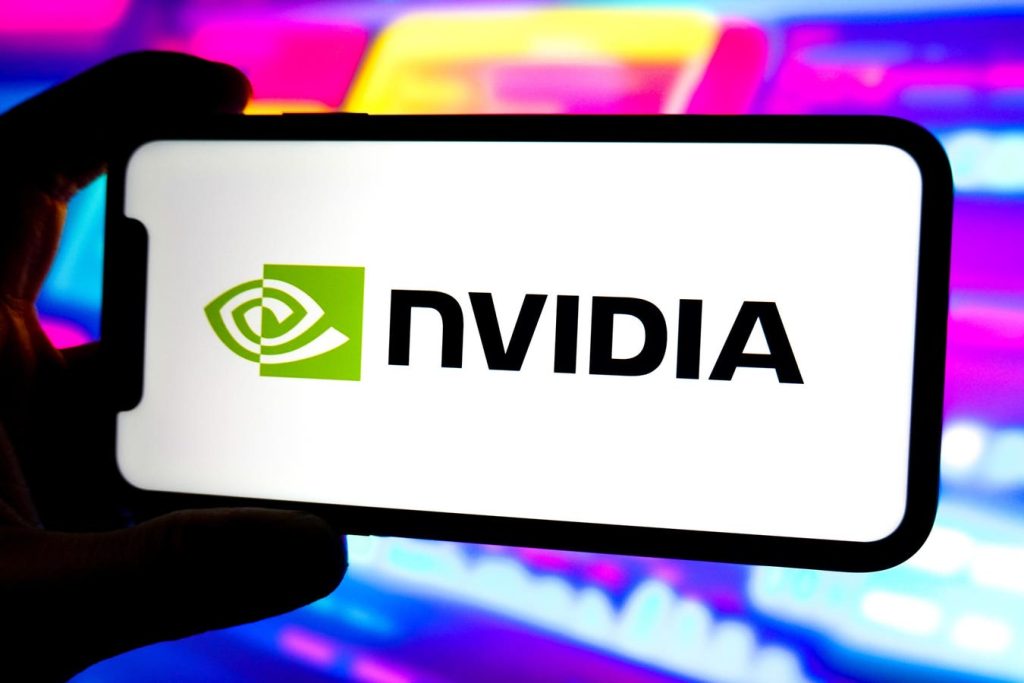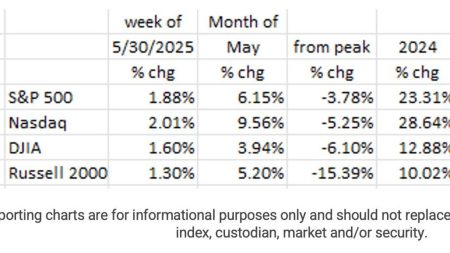NVIDIAnormalize: NVIDIA to Announce Earnings on February 26, 2025
NVIDIA (NASDAQ:NVDA) is expected to announce its quarterly earnings on February 26, 2025, following closing at $190.10 on February 25, 2025. As market participants await the announcement, investors will need to consider the company’s financial performance and long-term outlook. The semiconductor leader reported revenue of $113 billion in the most recent quarter, with operating profits of $71 billion and net income of $63 billion for the fiscal year ended December 31, 2024. NVIDIA holds a significant market capitalization of $3.3 trillion, reflecting its strong demand in theentesinal semiconductor industry. The stock is closely analyzed by event-driven traders, as earnings announcements often influence market sentiment.
Historical Performance of NVIDIA: Insights from Earnings Projections
Over the past twelve months, NVIDIA has demonstrated robust profitability, with operating profits growing by 31% year-over-year and net income increasing by 28%. The stock has performed stably, reflecting NVIDIA’s resilience in the competitive semiconductor ecosystem. Historical data over the past five years shows that two out of every three one-day returns on earnings reports are positive, including 11 positive and 9 negative one-day returns, with a median of 4.9% for positive and -5.9% for negative returns. Looking farther ahead, in the past three years, the median one-day returns increased to 58% positive, with higher conviction filtering reducing the frequency of negative one-day returns.
Correlation Analysis: Short-Term vs. Medium-Term Returns
Correlation analysis reveals that short-term (1D) returns are often followed by medium-term (5D) and long-term (30D) returns. A pair trading strategy based on the highest correlation between 1D and 5D returns would allow traders to capitalize on the correlation, such as positioning a "long" position for a 5D return following a positive 1D earnings report. While short-term volatility poses risks, medium-term trends can offer opportunities for investors with sufficiently stable systems. Analyzing correlation data over five and three years shows that 1D and 5D returns demonstrate a strong correlation, while 1D and 30D returns have lower correlation coefficients.
Parallels with Peer Earnings: T_refi Strategy
The table provides insights into NVIDIA’s performance compared to peer companies that reported earnings just before NVIDIA. Equity prices tend to revert to their broader market trends, suggesting that NVIDIA may be performing well and adopting a downward-re lent style of trading. The T_refi (Target Reverting Index) strategy, designed to beat individual stock anomalies, has demonstrated strong excess returns, outperforming its all-cap equity benchmark. The High Quality portfolio, which outperforms the S&P 500 by more than 13%, further supports the notion of upside potential through strategy differentiation.
Reversion to Normality: Addressing Earnings Outcomes
Equity prices tend to re-inflate towards their average levels after earnings announcements, indicating a potential mindset shift among investors. The T_refi strategy benefits from this reversion, as long-term liquidity risks and short-term market volatility are minimized. This concludes the earnings announcement, offering a comprehensive view of NVIDIA’s financial health and trading strategies. Further research is needed to exploreapproval waiting, competitor reactions, and alternative valuation approaches.










